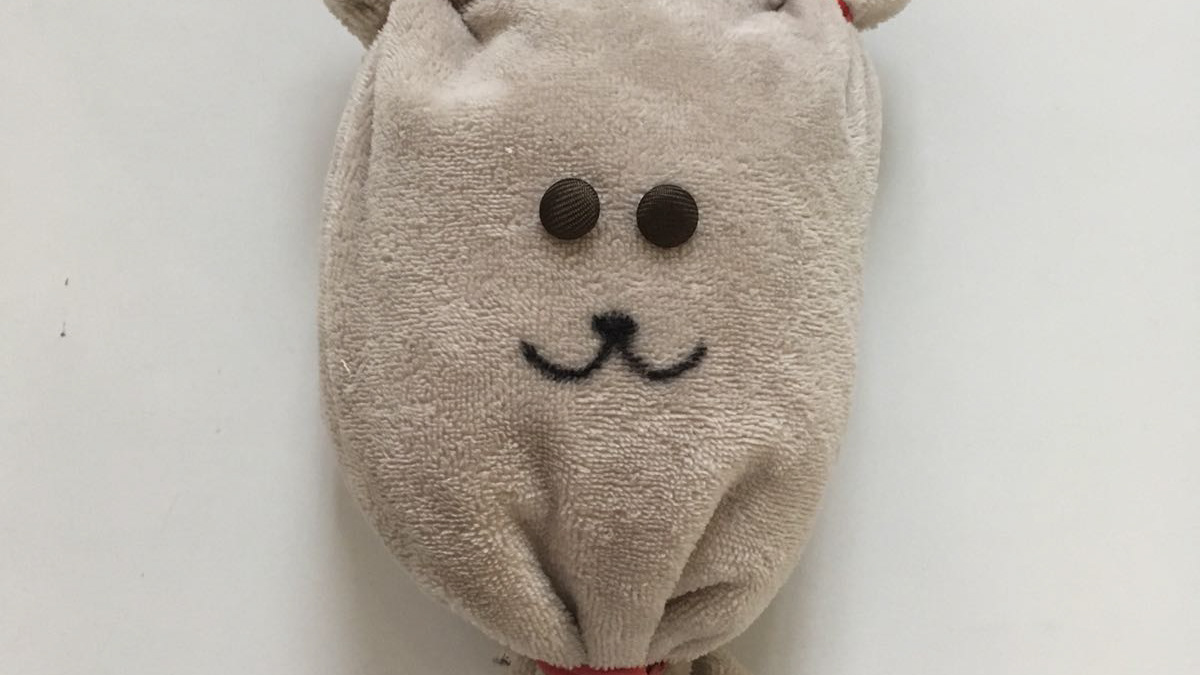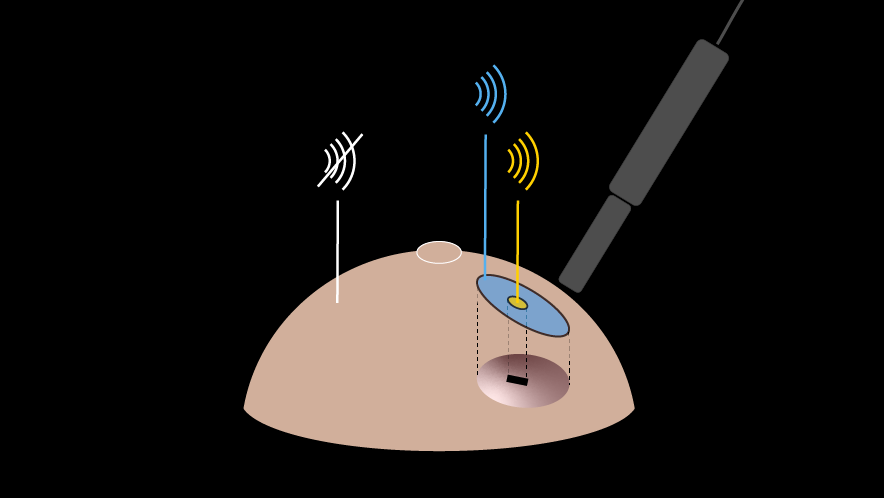Objective
evaluating the potential of audio and audiovisual interaction in conveying spatial information during tool positioning
evaluating the potential of audio and audiovisual interaction in conveying spatial information during tool positioning
Outcome
a multimodal AR guidance system for coil positioning in transcranial magnetic stimulation (TMS) treatment
a multimodal AR guidance system for coil positioning in transcranial magnetic stimulation (TMS) treatment
Publication
Audiovisual Augmentation for Coil Positioning in Transcranial Magnetic Stimulation
L. Schütz, E. Weber, W. Niu, B. Daniel, J. McNab, N. Navab, C. Leuze
Computer Methods in Biomechanics and Biomedical Engineering: Imaging & Visualization
presented at AE-CAI, MICCAI 2022
Audiovisual Augmentation for Coil Positioning in Transcranial Magnetic Stimulation
L. Schütz, E. Weber, W. Niu, B. Daniel, J. McNab, N. Navab, C. Leuze
Computer Methods in Biomechanics and Biomedical Engineering: Imaging & Visualization
presented at AE-CAI, MICCAI 2022
Transcranial Magnetic Stimulation (TMS) is an effective non-invasive treatment method for major depressive disorder. Accurate placement of an electromagnetic coil on the patient’s head during repetitive TMS is the key for stimulation of the desired brain regions and positive treatment outcome. Neuronavigation systems constitute the state-of-the-art method to accurately stimulate the appropriate brain region. Local separation of navigation information and the patient anatomy in combination with intricate visualizations and cumbersome setup limits the benefits and usability of this method.
The present study addresses these problems by proposing an audiovisual Augmented reality (AR) system for coil positioning during TMS. The system sonifies and visualizes translational and rotational differences between a target and the current instrument position using a minimalistic graphical user interface and auditory display.
Effects of cross-modal integration on usability and targeting precision were shown in an experiment comparing audiovisual AR, audio AR and visual neuronavigation. Our approach revealed significant improvements in task time of all proposed AR conditions over neuronavigation (p<0.001). Conversely, the neuronavigation system achieved significantly better targeting accuracy (p<0.001). A purely auditory guidance achieved comparable performance as the audiovisual interface designs.
Tools
Unity, C# - AR application, tracking, UI design
Vuforia - Marker tracking
Python - Data analysis
HoloLens 2 - AR headset
Unity, C# - AR application, tracking, UI design
Vuforia - Marker tracking
Python - Data analysis
HoloLens 2 - AR headset
The work was presented at MICCAI 2022, at the AE-CAI Workshop on Augmented Environments.
It received an outstanding paper award by the jury.
It received an outstanding paper award by the jury.


